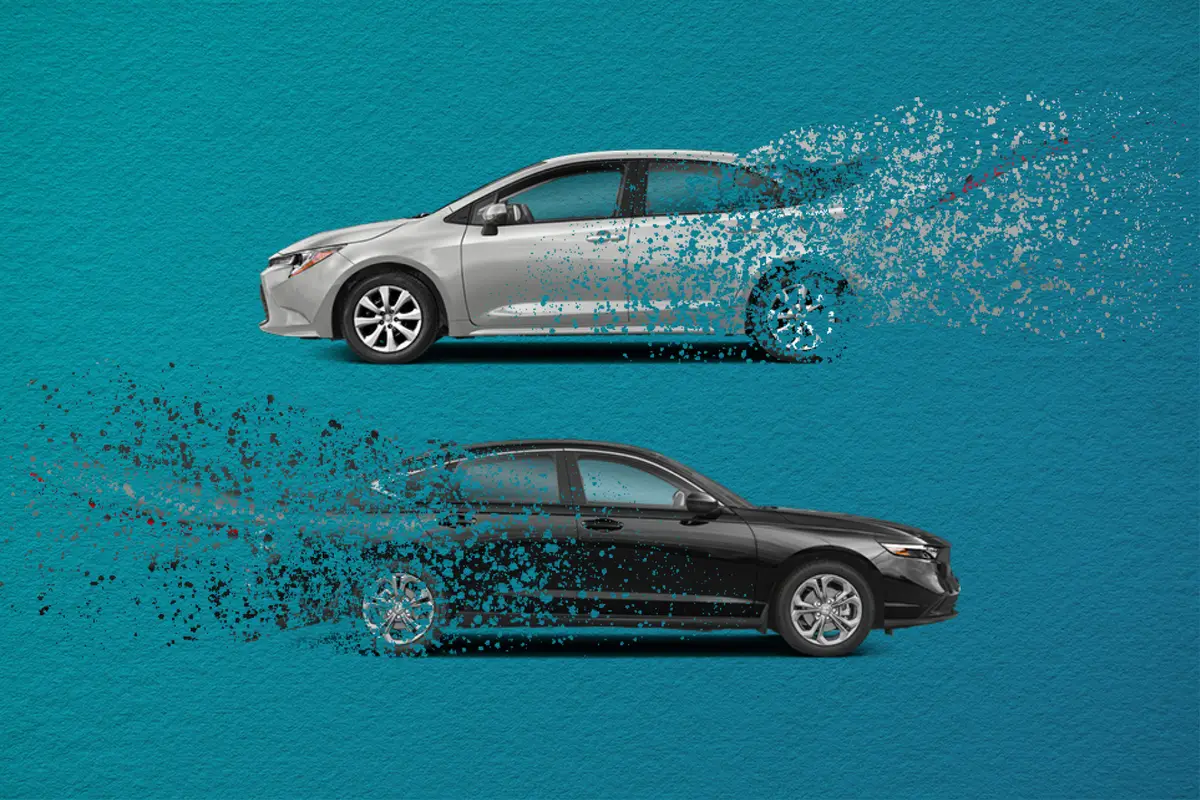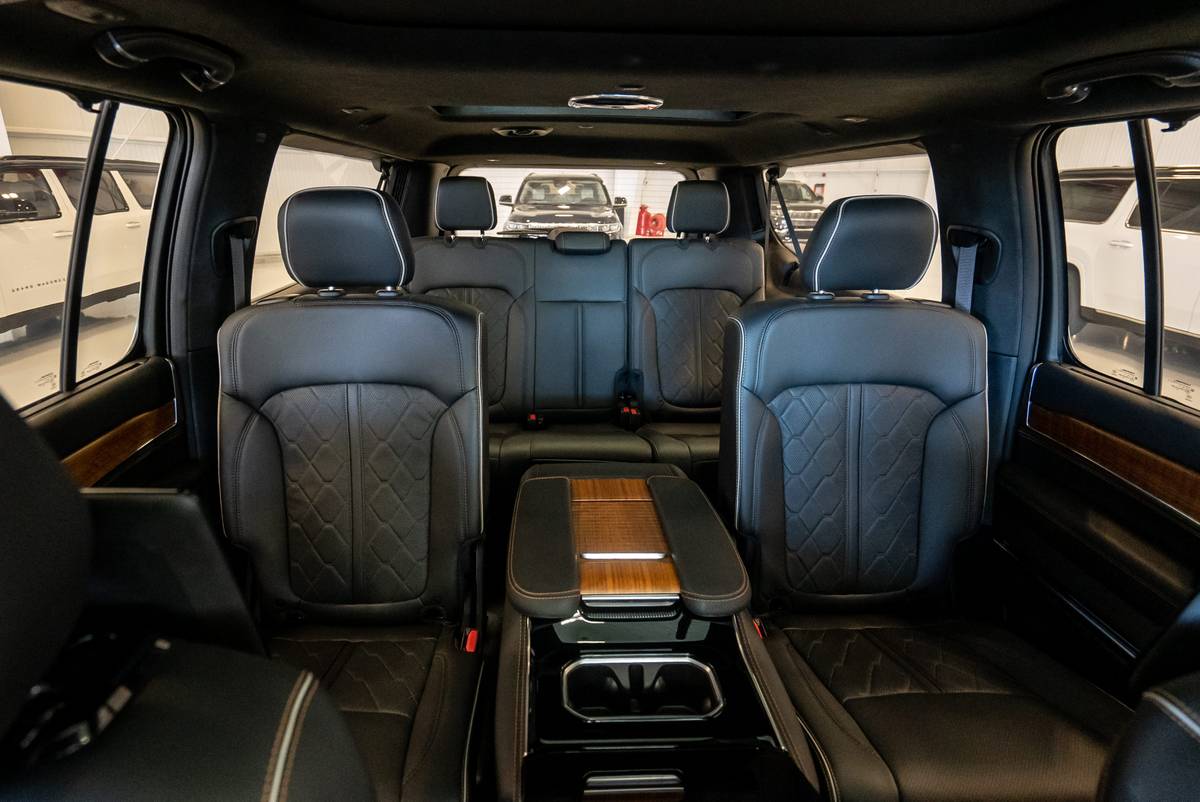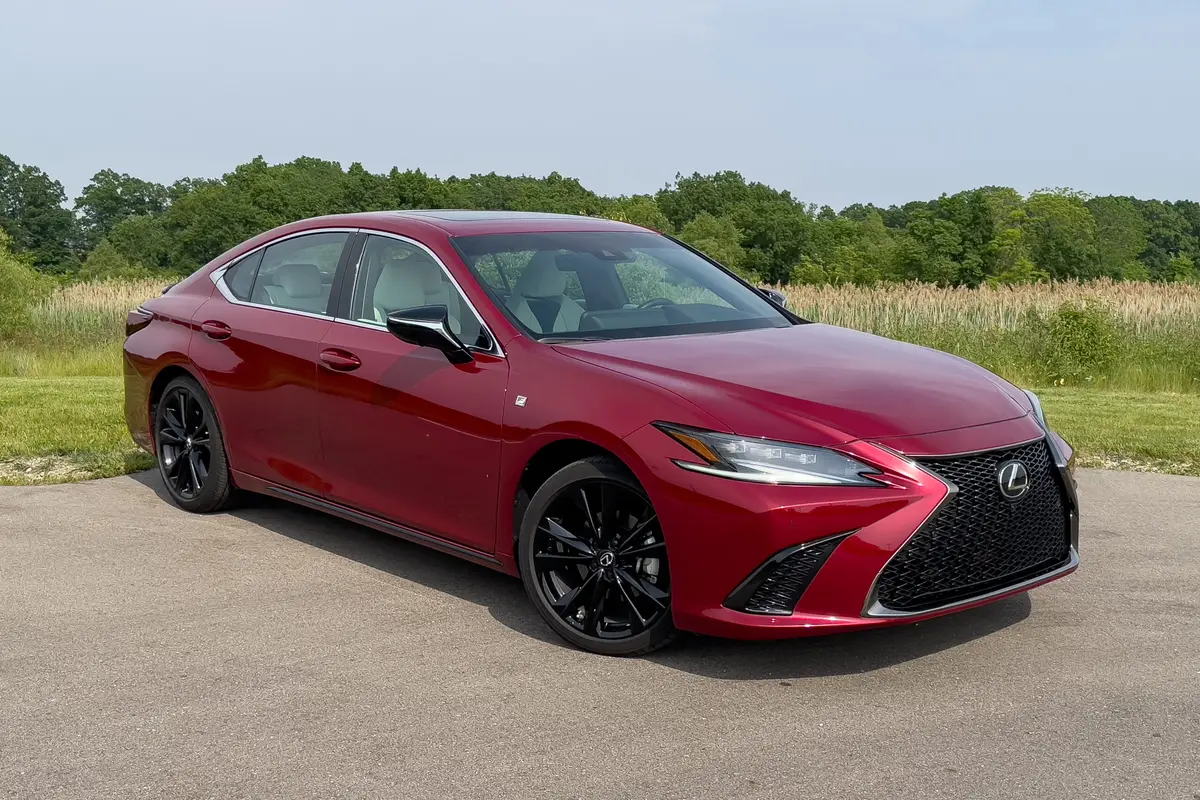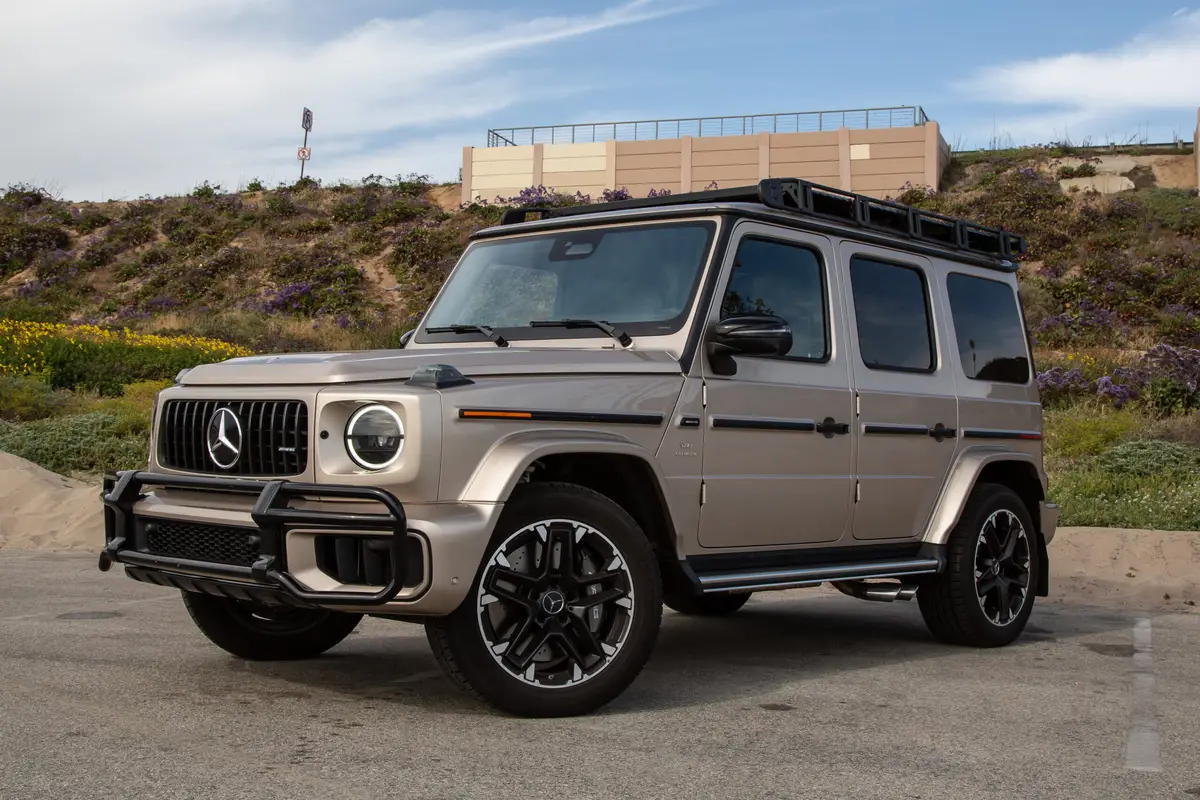The Death of the Affordable New Car: What Happened to the $20,000 Cars?

The days of walking into a dealership and leaving with a brand-new vehicle for less than $20,000 are almost entirely behind us. Throughout the 2010s, entry-level models like the Chevrolet Spark, Hyundai Accent, Ford Fiesta, Toyota Yaris and Mitsubishi Mirage made up a quiet but vital portion of the market. They were accessible, fuel-efficient and simple to maintain, but over the past few years, nearly all of them have been discontinued. With just one car currently available under that threshold, the 2025 Nissan Versa, the affordable end of the new car market has all but collapsed. So, where has the affordable car gone?
Related: Here Are the 10 Cheapest New Cars You Can Buy Right Now
This shift isn’t the result of waning demand. There are still buyers (e.g., young adults, students, working-class families and fixed-income retirees) who would prefer to purchase a new vehicle for under $20,000. The problem is that automakers are no longer building them for the U.S. market.
Why Are Entry-Level Cars Disappearing?
The disappearance of new cars under $20,000 is a result of several overlapping factors, including rising production costs, stricter regulations, a focus on vehicles that have higher profit margins, inflation and market repositioning.
1. Rising Production Costs
The cost of building vehicles has gone up significantly due to global supply-chain disruptions, such as the COVID-era chip shortage, rising labor costs and increased prices for key materials like steel, aluminum and lithium. These pressures haven’t eased much — and rather than absorb the added costs, manufacturers have passed them directly to consumers, resulting in higher MSRPs. As a result, the entry-level segment has thinned out, with once-affordable models like the Spark and Accent now discontinued.
2. Stricter Regulations
Modern vehicles are required to meet a growing list of safety, emissions and tech mandates — even at the entry level. Features like backup cameras, tire pressure monitoring systems and some driver-assistance systems are now standard due to federal regulations. Pedestrian protection is a newer focus, too, with systems like automatic emergency braking and pedestrian detection required on many new models. While these features improve safety, they add complexity and cost to manufacturing, making it harder to keep vehicle prices low.
3. Focus on High-Margin Vehicles
Carmakers are increasingly prioritizing the production of SUVs, trucks and electric vehicles, which are all segments where profit margins are significantly higher than those for a subcompact or compact car. Selling one well-equipped SUV is often more profitable than selling several economy cars.
4. Inflation and Market Repositioning
Inflation hasn’t just hit groceries and rent, it’s also deeply affected automotive pricing. What used to be considered a midrange price is now entry-level. In the early 2000s, a budget around or even below $20,000 could secure a well-equipped mid-size sedan; for instance, the 2000 Honda Accord had a starting MSRP of $15,350 (excluding destination charge), offering features that catered to comfort and performance; adjusted for inflation, that would be just over $29,000 today — about what the 2025 Accord starts at. Similarly, the 2000 Toyota Camry started at $17,518 and provided a reliable and spacious option for families..
Fast forward to today, and the landscape has drastically changed. The 2025 Nissan Versa S stands as the only new car with a starting price under $20,000. However, this base trim level comes with a manual transmission and limited features, though a continuously variable automatic transmission is available for only $1,800 extra.
Is the Used Car Market the Solution?
In theory, used vehicles could bridge the affordability gap left by the dwindling number of new cars under $20,000. However, the reality is more complex: According to Cars.com data, the average new car price is $48,906, and vehicles priced below $30,000 now constitute only 14% of new-vehicle inventory as of March 2025, a significant drop from 38% during 2019-21. This scarcity has pushed many buyers toward the used market, intensifying demand — and, consequently, prices.
The average list price for used cars remains elevated at $28,497, with some like model-year 2018-19 versions of the Toyota Corolla or Honda Civic commanding prices between $14,500 and $19,500. This situation presents a dilemma for budget-conscious consumers: Invest in a used vehicle with higher mileage or opt for a new, albeit basic, model like the Versa, which offers modern safety features and a full warranty and might be more appealing.
Financing Challenges and Longer Loans
As vehicle prices continue to rise, consumers are increasingly turning to longer loan terms to make monthly payments more manageable. According to Experian’s fourth-quarter 2024 data, the average loan term for new cars is about 68 months, while used cars average about 67 months.
While longer loan terms can reduce monthly payments, they often result in higher total interest paid over the life of the loan. This is particularly concerning for subprime borrowers (who have credit scores between 501 and 600), who face steeper interest rates. Experian reports that in the third quarter of 2024, subprime borrowers had an average interest rate of 13.08% for new-car loans and 19.38% for used loans.
The combination of extended loan terms and higher interest rates means that consumers may end up paying significantly more for their vehicles over time. For example, financing a $30,000 vehicle over 84 months at a 13% interest rate results in total interest payments of almost $16,000, substantially increasing the overall cost of the vehicle. It also raises the likelihood of the vehicle’s value falling below the remaining loan balance, allowing owners to become upside down in their loans.
What Is the Future of Budget Cars?
At the moment, there’s no clear successor to the budget car. EVs have been touted as the future of mobility, but entry-level EVs still start around $30,000, and infrastructure remains limited in several parts of the country. Chinese automakers offer ultra-affordable EVs in other markets, but U.S. trade policies, tariffs and safety regulations make those vehicles unlikely to enter the market anytime soon.
It’s also unlikely that automakers will reverse course in the short term. With their strategic focus on electrification, autonomous driving technology and higher-margin vehicles, the traditional affordable car simply doesn’t align with their current direction.
The Last Option Standing
The 2025 Nissan Versa in its most basic configuration is the final representative of a once diverse category. Starting at $18,330 (including destination), it offers a rare opportunity for buyers looking for affordable, reliable transportation with a full manufacturer warranty.
Whether Nissan continues to produce the Versa at such a price point remains to be seen. If production costs rise further or demand shifts away from small cars entirely, even the Versa could disappear or be repositioned with higher trims and prices.
If and when that happens, the truly affordable new car may become a thing of the past.
More From Cars.com:
- How to Buy a Car, According to Cars.com Experts
- Inside the Finance and Insurance Room
- Should You Buy a Hail-Damaged Car?
- More Car-Buying Advice
Related Video:
Cars.com’s Editorial department is your source for automotive news and reviews. In line with Cars.com’s long-standing ethics policy, editors and reviewers don’t accept gifts or free trips from automakers. The Editorial department is independent of Cars.com’s advertising, sales and sponsored content departments.
Featured stories


2025 Lexus ES 350 Review: Calmness in a Sea of Aggro


2025 Mercedes-AMG G63 Review: Maximalist Icon

